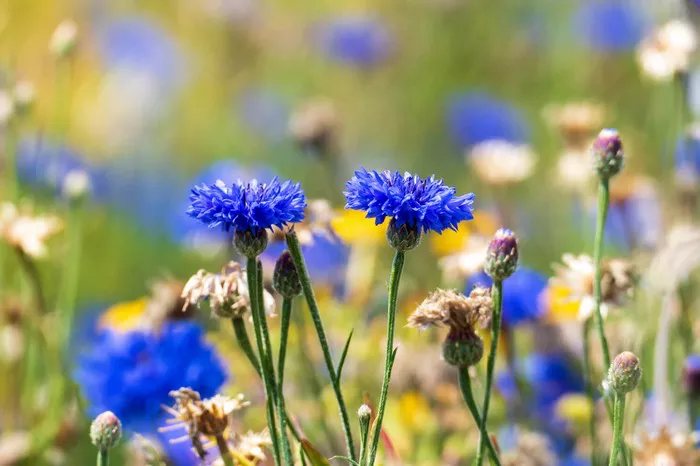Pests can be a persistent and frustrating issue for chili plant enthusiasts. These unwelcome visitors can damage your chili plants, hinder growth, and reduce your harvest. However, with the right knowledge and strategies, you can effectively combat pests and ensure your chili plants thrive.
Identifying Chilli Plant Pests
Before you can tackle the problem, you need to know your enemy. Various pests can plague chili plants, including aphids, whiteflies, thrips, and spider mites. Each pest has distinct characteristics and behaviors that influence your approach to pest control.
Regular Inspection and Monitoring
The key to successful pest management is vigilance. Regularly inspect your chili plants, focusing on the undersides of leaves and the joints between stems and leaves. Identifying pests early allows for timely intervention and minimizes potential damage.
Natural Predators
Nature often provides its solutions to pest problems. Encourage beneficial insects such as ladybugs, lacewings, and parasitoid wasps to your garden. These natural predators can help keep pest populations in check by feeding on them or laying their eggs on the pests.
Neem Oil
Neem oil is a natural pesticide derived from the neem tree. It has both insecticidal and repellent properties and is effective against a wide range of pests. When using neem oil, ensure thorough coverage of your chili plants, especially the undersides of leaves where pests often hide.
Homemade Insecticidal Soap
A homemade insecticidal soap is an environmentally friendly solution for controlling soft-bodied pests like aphids and whiteflies. Mix a few drops of mild dish soap with water and apply the solution directly to the affected areas, ensuring that it comes into contact with the pests.
Companion Planting
Companion planting is an age-old technique that involves growing specific plants alongside your chili plants to deter pests. Marigolds, basil, and oregano, for example, can help repel aphids and other common chili plant pests.
Diatomaceous Earth
Diatomaceous earth is a natural, abrasive substance that effectively controls a wide range of pests. Sprinkle a thin layer of diatomaceous earth around the base of your chili plants to create a barrier that will deter crawling pests.
Physical Barriers
Using physical barriers is another strategy to keep pests away from your chili plants. Row covers made from lightweight fabrics can be placed over your plants, preventing insects from reaching them.
Pruning and Trimming
Regularly prune and trim your chili plants to remove damaged or infested leaves. This not only helps to eliminate hiding spots for pests but also encourages healthier growth.
Homemade Pest Repellents
Creating homemade pest repellents can be an effective and cost-efficient way to protect your chili plants. Garlic and chili pepper sprays, for instance, can be mixed with water and applied to your plants as a repellent.
Cultural Practices
Cultural practices such as proper watering and fertilization can play a significant role in reducing pest problems. Overwatering can create favorable conditions for some pests, so it’s crucial to maintain consistent moisture levels. Additionally, healthy, well-nourished chili plants are more resilient to pest attacks.
Chemical Pesticides (Use with Caution)
In cases of severe pest infestations, chemical pesticides may be necessary as a last resort. However, it’s essential to use them with caution. Choose products that are specifically formulated for chili plants, follow the manufacturer’s instructions, and apply them sparingly to avoid harming beneficial insects and pollinators.
Soil Health
A well-balanced and healthy soil ecosystem is essential for the overall vitality of your chili plants. A healthy soil ecosystem supports strong plant growth, making it less susceptible to pest attacks.
Crop Rotation
Rotating your chili plants to different areas of your garden each season can help break the life cycle of certain pests. By preventing pests from becoming established in one location, you reduce the risk of recurring infestations.
Quarantine New Plants
Before introducing new plants into your garden, especially if they are chili varieties, quarantine them for a few weeks to ensure they are pest-free. This preventive measure can safeguard your existing chili plants from potential infestations.
Conclusion
Effectively combating pests on chili plants requires a combination of strategies, ranging from natural and preventive measures to carefully chosen chemical interventions. It’s essential to remain vigilant, monitor your plants regularly, and be prepared to take action when necessary. The health and productivity of your chili plants will benefit from your efforts to control and eliminate pests.


